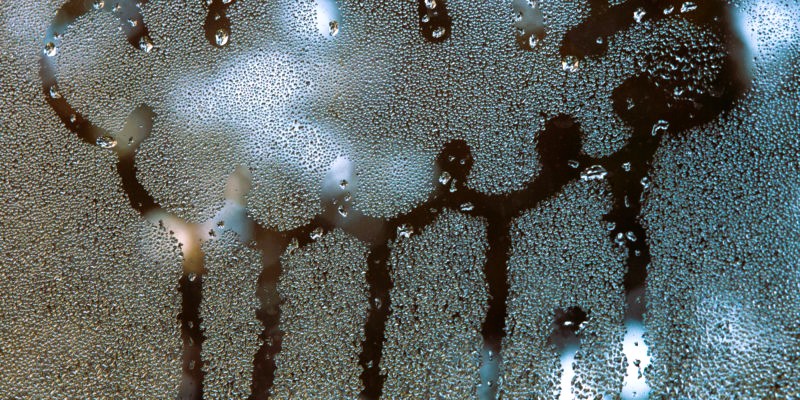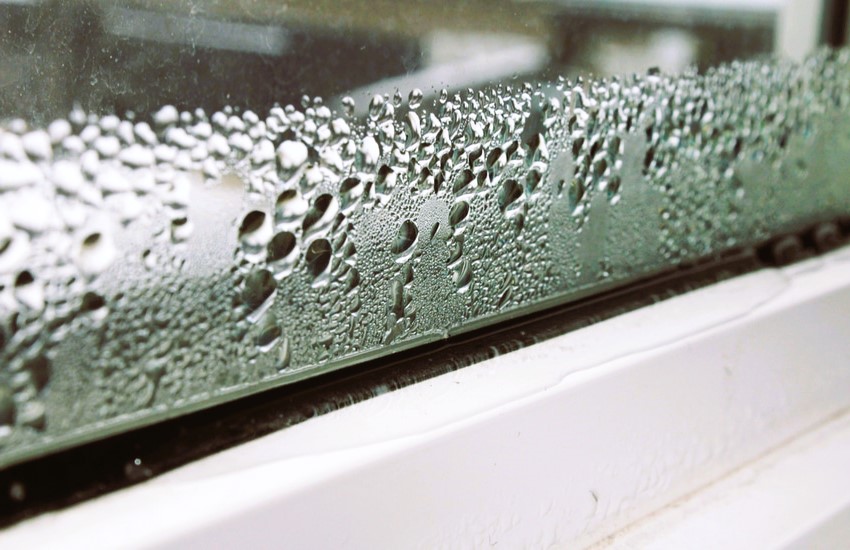Condensation on windows is a common occurrence in many homes, especially during colder months. It can be a frustrating problem, leading to dampness, mold growth, and potential damage to window frames and surrounding areas. Understanding the causes, effects, and solutions for condensation on windows can help homeowners in Calgary effectively manage and prevent this issue. In this article, we will explore the reasons behind window condensation, its potential consequences, and practical solutions to minimize or eliminate condensation problems.
Causes of Window Condensation
Condensation occurs when warm, moist air comes into contact with a cold surface, such as a window pane. The temperature difference causes the moisture in the air to condense into liquid water droplets on the window surface. Some common causes of window condensation include:
- High Indoor Humidity: Excessive humidity levels in the home, often resulting from activities like cooking, showering, or drying laundry, can contribute to window condensation. Moisture-laden air seeks colder surfaces, such as windows, where condensation can form.
- Inadequate Ventilation: Insufficient ventilation restricts the exchange of indoor and outdoor air, leading to trapped moisture indoors. Without proper air circulation, moisture levels can rise, increasing the likelihood of condensation on windows.
- Poor Insulation: Inadequate insulation around windows can result in cooler window surfaces, making them more prone to condensation. Cold outdoor temperatures combined with warm indoor air create the ideal conditions for condensation to occur. Heat control by studying energy efficient window technologies.

Effects of Window Condensation
Condensation on windows can have various effects, including:
- Dampness and Mold Growth: Prolonged exposure to condensation can result in dampness on windowsills, frames, and surrounding areas. This moisture can create an environment conducive to mold and mildew growth, which can affect indoor air quality and potentially lead to health issues.
- Damage to Window Frames and Finishes: Excessive condensation over time can cause damage to window frames, particularly wooden frames. The moisture can lead to rot, warping, or discoloration, compromising the structural integrity and aesthetics of the window.
- Staining and Discoloration: Condensation droplets can leave behind water stains or discoloration on window surfaces, detracting from the overall appearance of the window and impacting visibility.
- Reduced Energy Efficiency: Condensation can be an indication of poor window insulation. When windows are not properly insulated, heat loss can occur, leading to increased energy consumption and higher heating costs.
Solutions to Minimize or Eliminate Window Condensation
Fortunately, there are several solutions to minimize or eliminate window condensation:
- Monitor and Control Indoor Humidity: Keep track of indoor humidity levels using a hygrometer and aim for a range between 30% and 50%. If humidity levels exceed this range, employ strategies to reduce moisture, such as using exhaust fans in bathrooms and kitchens, venting clothes dryers to the outdoors, and avoiding excessive indoor plant watering.
- Improve Ventilation: Enhance natural ventilation by opening windows when outdoor conditions allow, especially during activities that generate moisture. Consider using ceiling fans or portable fans to facilitate air movement and create better airflow throughout the home.
- Use Dehumidifiers: Dehumidifiers are effective appliances that help extract excess moisture from the air. Place dehumidifiers strategically in areas prone to high humidity, such as basements or laundry rooms, to control moisture levels and reduce the likelihood of condensation.
- Increase Insulation: Improve window insulation by adding weatherstripping or caulk to seal any gaps or leaks around window frames. Consider upgrading to energy-efficient windows with double or triple glazing and Low-E coatings, which help reduce temperature differences between indoor and outdoor surfaces.

Tolearn more about window insulation standards and regulations in Canada, you can refer to the official website of the Government of Canada on energy efficiency: Energy Efficiency.
- Proper Air Circulation: Ensure adequate air circulation throughout your home by opening doors between rooms, keeping interior doors slightly ajar, and utilizing vents and registers for proper airflow. This helps distribute air and prevents stagnant, moisture-laden air from accumulating near windows.
- Use Window Treatments: Utilize window treatments, such as curtains or blinds, to create a barrier between the window surface and the indoor air. Open the treatments during the day to allow air circulation and sunlight to warm the window surfaces. Close them at night to create an additional insulating layer.
- Install Ventilation Systems: Consider installing mechanical ventilation systems, such as heat recovery ventilators (HRVs) or energy recovery ventilators (ERVs). These systems help exchange indoor and outdoor air while recovering heat or energy, reducing the risk of condensation and improving overall indoor air quality.
- Remove Excess Moisture: If condensation occurs frequently, use absorbent materials or towels to wipe away excess moisture on window surfaces. Avoid placing moisture-absorbing materials directly on wooden frames to prevent potential damage.
- Monitor and Maintain Windows: Regularly inspect windows for signs of damage, such as cracked seals or deteriorating frames, and address any issues promptly. Repair or replace damaged components to maintain the integrity and efficiency of your windows.
By implementing these solutions, homeowners in Calgary can effectively manage and prevent window condensation. It is important to note that severe or persistent condensation issues may require professional assessment and intervention.
In conclusion, understanding the causes, effects, and solutions for window condensation is essential for maintaining a comfortable and healthy home environment. By monitoring indoor humidity, improving ventilation, increasing insulation, utilizing window treatments, and implementing proper maintenance practices, homeowners can minimize or eliminate condensation problems. Creating a well-ventilated, properly insulated, and moisture-controlled space helps promote energy efficiency, preserve the integrity of windows, and ensure a more comfortable living environment.
